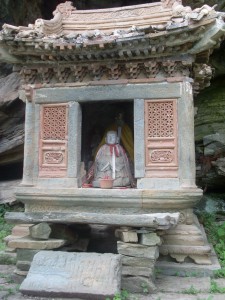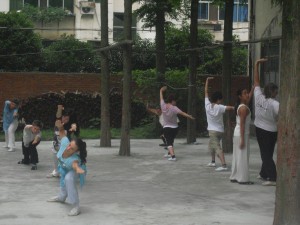
What does it mean to practice Martial Arts in your daily interactions? The uninitiated might imagine this as fearsome, like a businessman using The Art of War to overwhelm rivals. Myself — years ago when I had only been training long enough to develop some arrogance and little else — I had to give a speech in front of a large group of people. I was nervous, so I drew confidence from my imagined superiority. They might not like my speech, but I could beat them up. Ha.
Aikido was my first experience of how martial arts could be applied positively when dealing with strangers, friends, and loved ones. Aikido’s philosophy separates the intent to do harm from the art of defending oneself. The goal is to use sensitivity to neutralize the conflict without harming either attacker or defender. While the principles of block and counter-attack would only do harm if manifested verbally in an argument with a loved one, Aikido’s methodology provides a healthier model for conflict resolution.
I found myself reflecting on these things this week after listening to an impromptu lecture from my master. I paraphrase, but he was discussing external self-defense versus internal self-defense. Imagine a punch to your nose. You block — you break the attacker’s arm. An effective defense, no? But what if the attack is verbal? Words that wound, that make you sad, or angry. Words that keep bubbling up in you, and each time make you sadder and angrier. That same attacker has now given you a festering wound that will take longer to heal than a bloody nose.
To take this seriously, you must accept that emotions have power. Negative emotions do violence to the heart and mind. Chinese medicine also links emotion to the health of the major organs. So an unusual mood might be a symptom of a developing illness, or conversely, learning to calm the emotions might bring better health. But I think what makes negative emotions so dangerous is the way they influence behavior. If they lead to self destruction, no one else can help you, and you yourself are already out of control and not well prepared to protect yourself. Internal self-defense means keeping calm and choosing happiness in every event. The more I train, the more important this seems.


